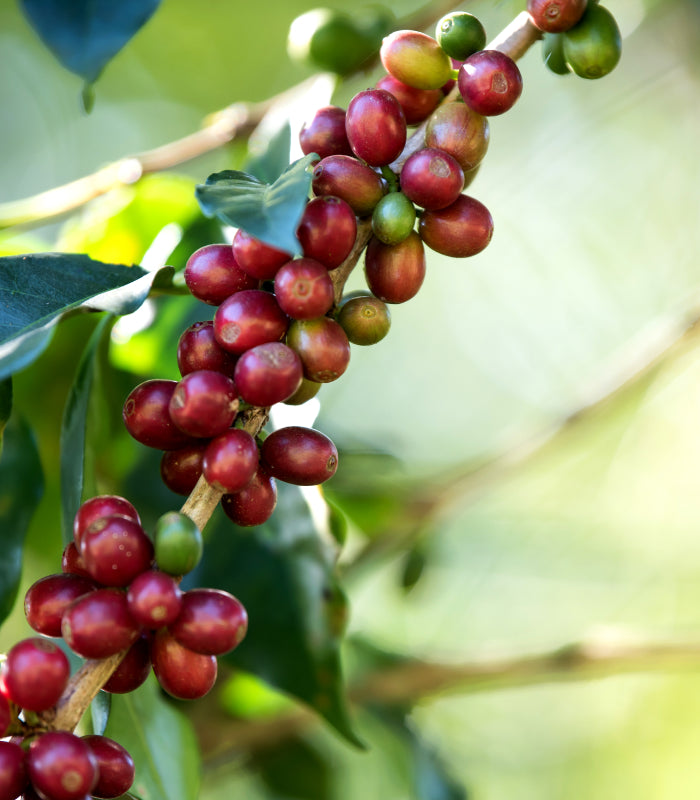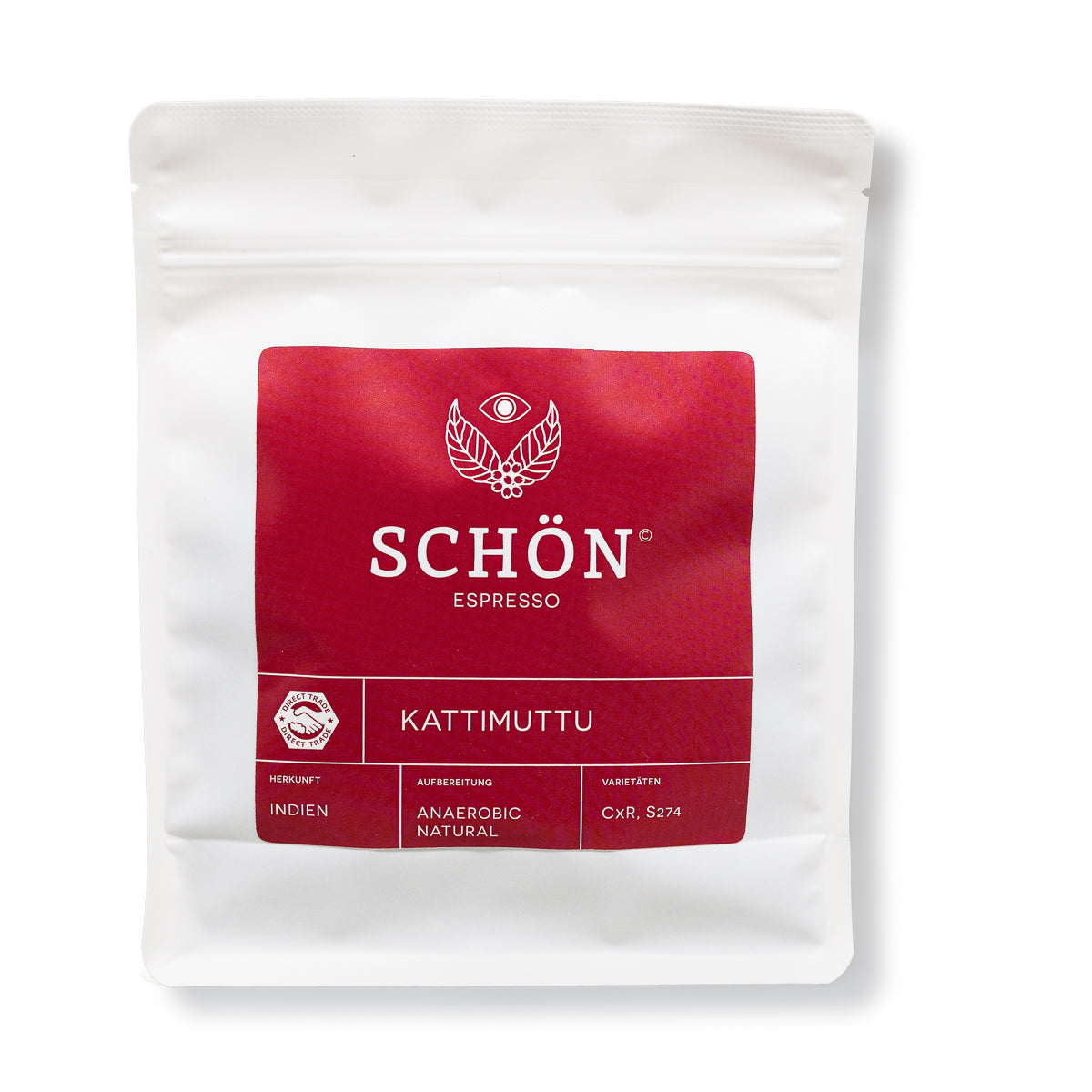Description
Description
Origin
Origin
Brew Advice
Brew Advice

Always fresh
For incomparable taste
We roast several times a week.

Secure payment
Choose from a variety of
secure payment options.

FAST DELIVERY
Safe and reliable with DHL
shipped. Directly to your home.
roasting
Espresso roasting
Our espresso roasts are generally darker and roasted more slowly than our filter or omni roasts. However, this is not always true for lighter versions, which tend to be roasted more slowly but not necessarily darker. This method breaks down more of the acids and gives the coffee a fuller body . Although the crema is not a direct indicator of quality, lighter roasts are characterized by a lighter and thinner crema, which contains natural bittering compounds. Ideal for portafilters, stovetop coffee makers , and sometimes even fully automatic coffee machines .
Medium roast
Our medium roast, roasted for 9 to 11 minutes , offers a balanced blend of light roasted aromas with a prominent balance of body and sweetness. This roast is ideal for medium espresso and fully automatic coffee machines .
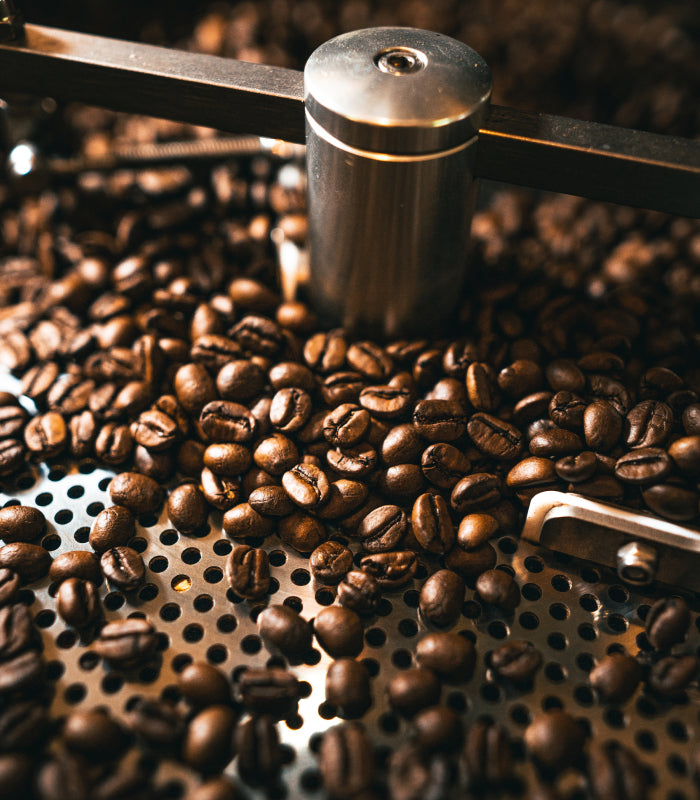
processing
Natural Process
In the Natural Process (also called dry processing), the coffee cherries are washed and sorted by size after harvest . The cherries, still with their pulp, are laid out to dry on drying beds or large tarps directly on the ground . Regular turning is necessary to prevent rotting. During rain and sometimes at night, the cherries must be covered to protect them from moisture. Some farms also use greenhouses for this purpose. After drying, further processing takes place in the dry mill, where grading also takes place .
Anaerobic treatment
In anaerobic processing, the coffee cherries are fermented anaerobically before the actual processing begins . They are stored in tanks or plastic bags without oxygen . This can last for several hours or weeks . Sometimes yeast is added (yeast fermented), which further increases the variety of flavors. Coffees from anaerobic processing often have very intense, sometimes sour or alcoholic flavors (rum, whiskey, etc.) or even unnatural flavors (gummy bears, etc.). Sometimes, however, super clean and delicate flavors also emerge. This method requires a lot of sensitivity from the coffee farmer to achieve the perfect balance and purity of flavor. Sometimes a combination of fermentation and drying is chosen , as in double fermentation.
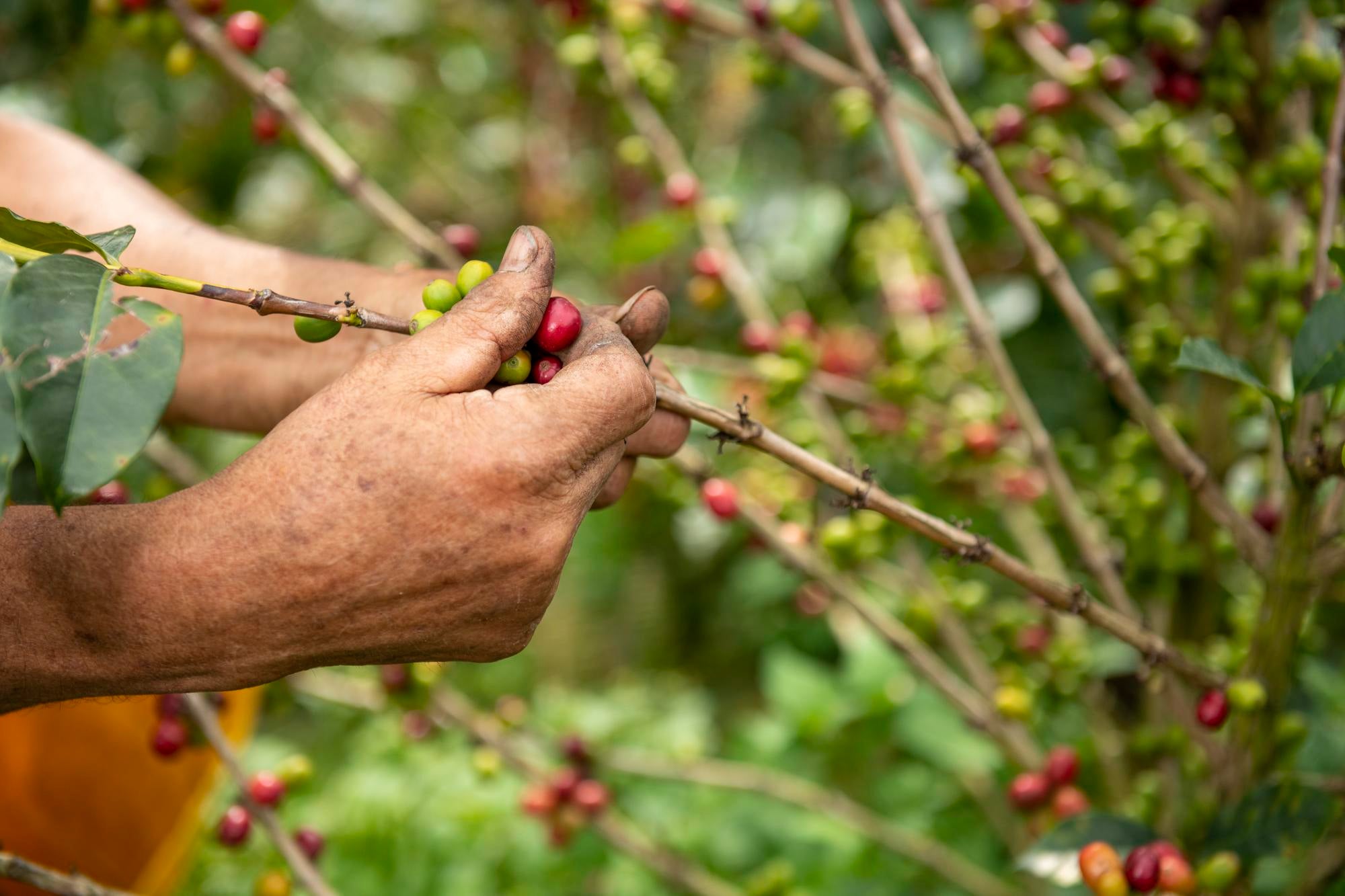
Special variety
Fine Robusta / Canephora
Fine Robusta (also known as Canephora ) is a special coffee variety that is often overshadowed by the more popular Arabica coffee. Unlike conventional Robusta, which is often considered less complex, Fine Robusta impresses with its full body and caramel and nutty flavors . Thanks to its resistance to extreme weather conditions and pests, Fine Robusta is not only an interesting flavor alternative but also an important building block for the future of sustainable coffee cultivation .
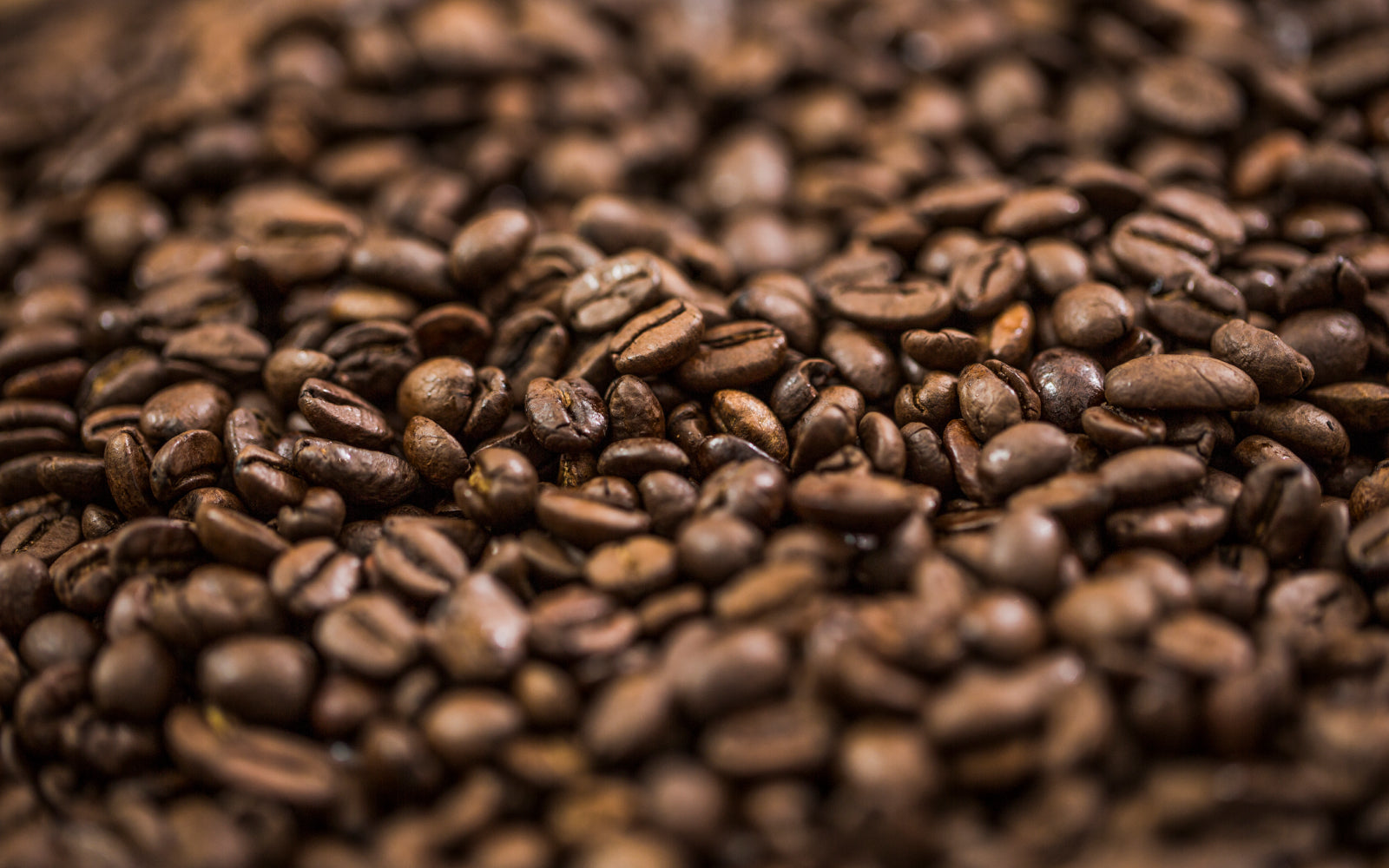
Cultivation land
Coffee cultivation India
India offers an unusual variety of coffees , including the famous Monsooned Malabar , whose beans are exposed to monsoon moisture , giving them a distinctively earthy and strong flavor . Indian coffee is often grown in the shade, which results in slower ripening and therefore more complex aromatics .
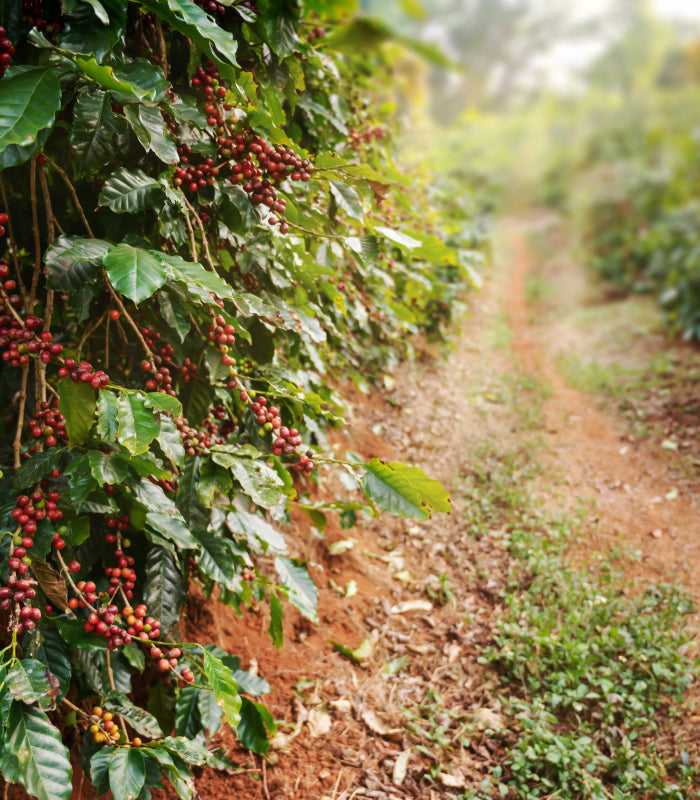
Types of coffee
Robusta
Robusta , or Canephora , a variety of the coffee plant Coffea Canephora , is known for its hardiness and is commonly grown at lower altitudes between 500 and 1000 meters . This variety contains about three times as much caffeine as Arabica , which acts as a natural defense against pests because of caffeine's insecticidal properties. Robusta is often used in espresso blends because it offers plenty of body and a rich crema. The flavors are typically bold and can include notes of chocolate, nut, and sometimes even popcorn . Although Robusta was traditionally considered inferior in quality to Arabica , very high-quality Robusta coffees are now available. With climate change making Arabica cultivation more difficult, some see Robusta as an important future option for coffee production .
